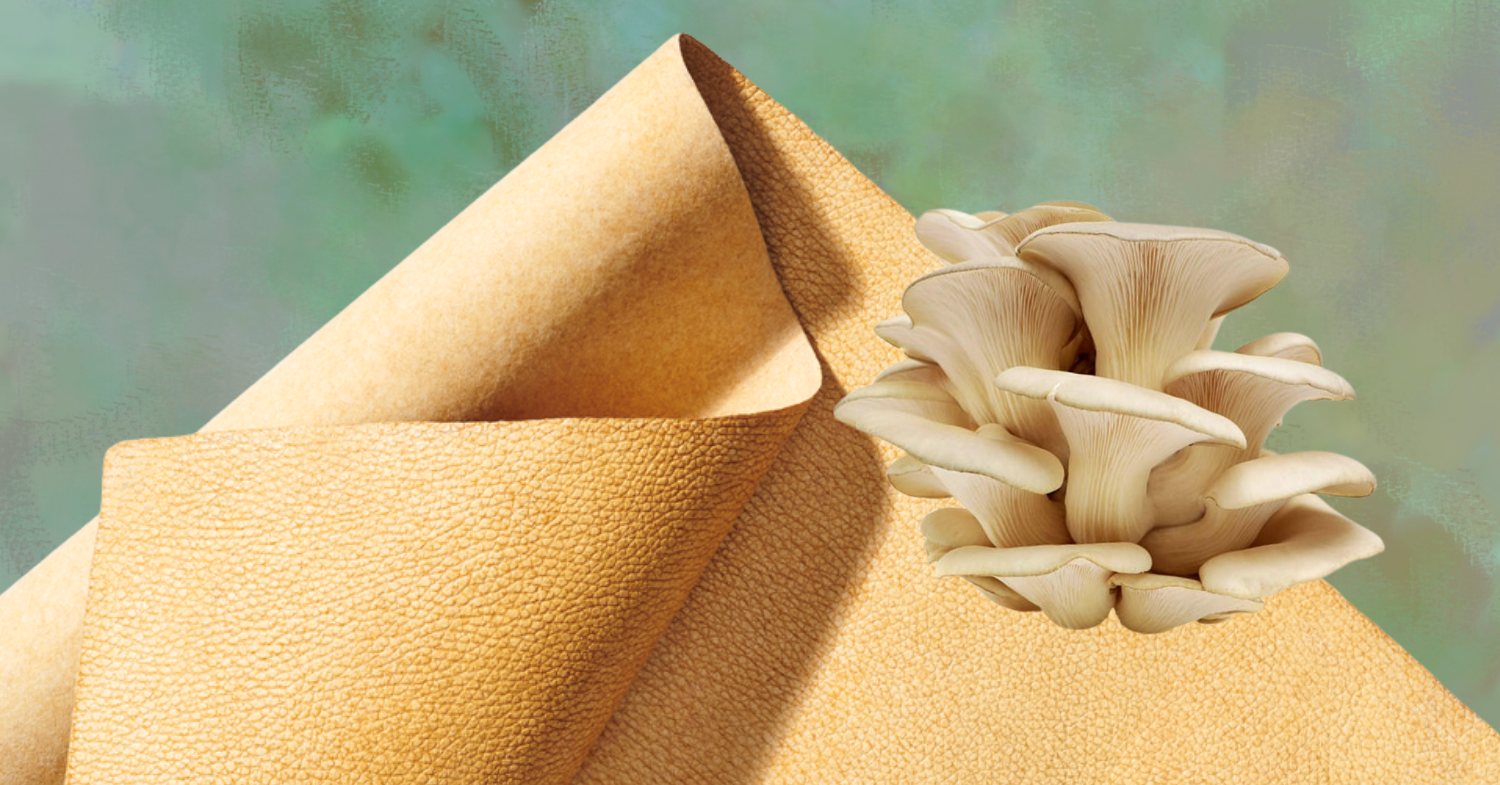It has become more and more apparent that consumers of all ages are at least interested in shopping more sustainably, and carry a sense of awareness and responsibility for the environmental impact of non-biodegradable fabrics. Studies show that the demand has grown substantially for more environmentally-friendly alternatives. The Global Sustainability Study 2021 reveals that we are living within a global paradigm shift of sorts when it comes to how consumers view sustainability. Sustainability is ranked top 5 value driver by 50% of consumers. Buyers are no long thinking of sustainability as an exception or option, it is now the expectation, leaving companies and brands with pressure to adapt. Offering sustainable products or services is a must.
In this post, I will share some common sustainable materials and eco-friendly alternatives used in the fashion apparel and footwear industry.
Pineapple Leather. Pinatex is an invention that uses portions of the pineapple plant as an all-natural raw material to make vegan leather. The pineapple industry harvests about 27.5 million tons of pineapples and generates 76 million tons of waste pineapples leaves that would be burned or left to rot if not recycled.
Pinatex leather is 100% animal free, and is made from recycled pineapple crop. The process simply transforms pineapple leaf fibers, polylactic acid (PLA) and petroleum-based resin into a vegan leather that is durable and can last from three to four years, or longer if cared for properly. This beautiful vegan leather can also be naturally dyed and comes in an array of colors.
Mushroom Fabric. Considerably one of the most sustainable materials to work with is mycelium. Mushroom leather is made from mycelium which is the vegetative part of a fungus. It is an incredibly versatile organic material whose network of filament grows underground, beneath the forest floor. It requires minimal resources, water and electricity to grow. It’s a natural fiber that is lightweight, naturally absorbent, insulating and most of all biodegradable.
Organic Hemp. Hemp is a natural plant fiber from the stems of a cannabis plant. It is carbon positive meaning it converts carbon into usable biomass, as well as being zero waste. Every part of the hemp plant can be used by humans, even the seeds. The plant uses little water to grow and actually replenishes the soil’s health with nutrients. Hemp is extremely versatile, its fibers (similar to cotton) can be used for paper, canvas, clothing and rope. It is biodegradable, lightweight, durable and long-lasting.
Nike Sustainable Materials Range. Nike is leading apparel and footwear companies in North America for its environmental and social performance. The brand is on a journey to “Move to Zero” which is using science to become zero carbon and zero waste by reusing existing plastics, yarns and textiles. Their overall goal is to reduce carbon emissions and their environmental impact, all while creating lasting products.
Nike is pushing the envelope with its materials. Nike Forward is an all-new material that’s made from ultra thin, ultra futuristic needle punched layers. It has 75% reduce carbon footprint than the original knit fleece. The company’s recycled polyester is made from plastic bottles. Nike diverts an annual average of 1 billion plastic bottles from landfills and waterways. This along lowers the company’s carbon emission by up to 30%. Next up, Nike recycles more than 1.5 million pounds of cotton each year. One hundred percent of all cotton used by the company is organic, recycled or BCI. Recycled nylons (made from carpets and used fish nets) are processed and used as yarn. The recycled nylon yarn reduces carbon emissions by 50% compared to virgin nylon. The Space Waste Yarn upper used in the Space Hippie collection includes 75% recycled polyester made from plastic bottles, t-shirts and yarn scraps. The Nike Flyknit is a lightweight fabric engineered from 60% less waste than traditional footwear and contains 6-7 plastic bottles.
Rose Silk (or Sylk). This beautiful fiber is made from the natural waste of rose bushes and stems. I become aware of the usage of this fabric from my research on brands who showed during NYFW and measures they took to be sustainable. I learned that Collina Strada used rose sylk in her ready to wear collection.





